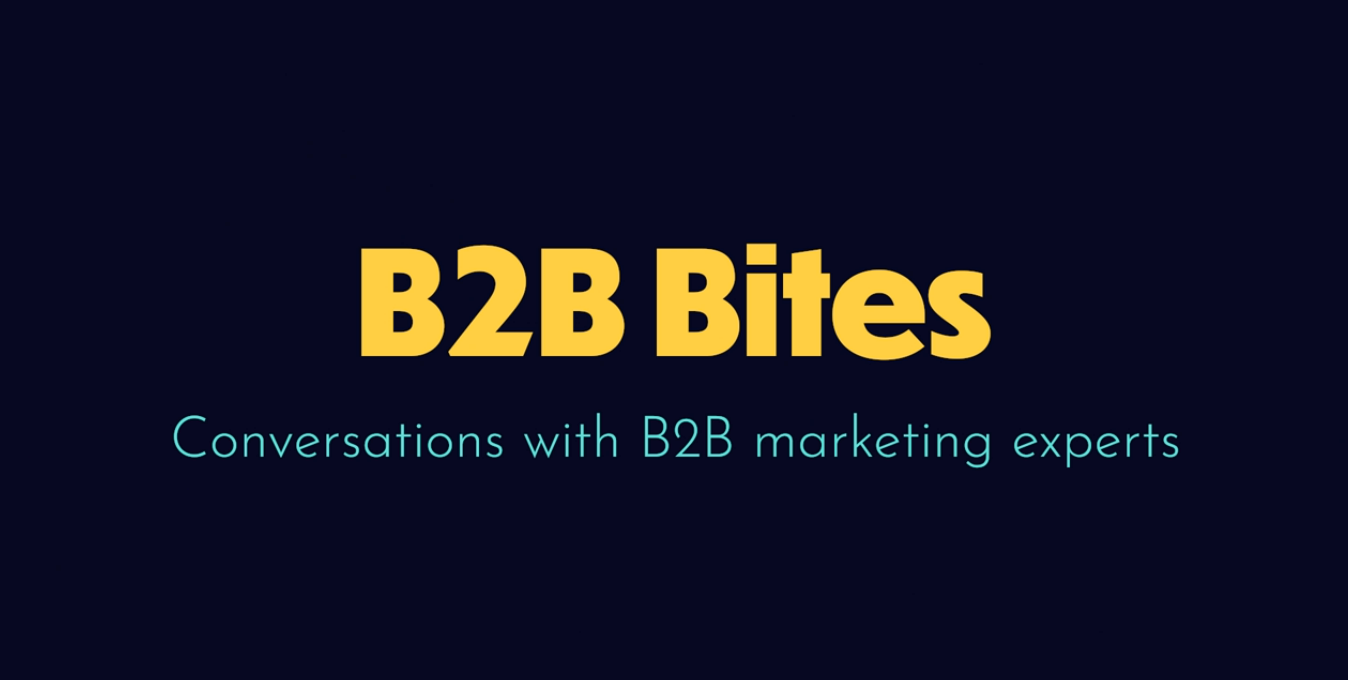Yes, yes, you already know: content marketing is an essential part of any contemporary B2B marketing strategy.
You probably know, too, that a clear content marketing strategy is crucial if you’re going to achieve your goals. But what does that strategy actually looks like? How do you know what you need to be looking at? How do you know if it’s working?Today I’m going to clear up these vital questions once and for all. We’re going to run through the five absolutely essential areas of any content marketing strategy worth their salt. It’s not the be all and end all, rather you should consider this blog the bare-boned tools to start planning a knock-out content marketing quarterly schedule.
Ready? Let’s go.
1. Focus On What Your Customers (Or Potential Customers) Need to Know
No one will ever, ever read a blog post or watch a video because they’re interested in what you’d like them to care about. The only reason they’ll interact with your content is because it’s promising to answer a question, solve a problem or shed some light on something they need or want right now.
Work out exactly who your target market is and exactly what problems they need to solve. Think, too, about what events could trigger an interest in your product. Is it something that comes in useful during the hiring process? Ahead of the end-of-year-accounts? Following a merger or acquisition? At a certain time of year? Tailoring your content to assist or advise on issues that arise during these times will help put you firmly on their radar at just the right moment.
2. Stick to Talking About What You REALLY Know About
It’s tempting to simply chase trends, but feigning knowledge about things that aren’t relevant to your expertise is at best a red herring and at worst a great way to make yourself look clueless.
Remember that whatever you talk about in your content, you want to pitch yourself as an authority on the matter. You’re hinting that you’d be a great person to solve this kind of problem further down the line. Talking about issues you can’t help with will only confuse potential clients and make you look like a bit of a chancer.
3. Genuinely Love and Believe in What You’re Saying
Passion is practically tangible. Your audience will feel through the screen or the page or whatever your medium whether you are care about what you’re saying.
There’s an indefinable but powerful spidey-sense that human beings share which constitutes, to put it bluntly, a giant BS-detector. If you’re not excited about what you’re making – if you wouldn’t read, watch or listen to it yourself and think “YES!”, neither will they. Simply don’t create anything that doesn’t get you super-enthused.
4. Focus On Creating Real Value, Not Just More Stuff
You do need a steady stream of content to get the momentum going, and for that you’ll need to plan out a thorough content marketing calendar, with a clear idea of exactly how each piece of content fits into the customer journey. Where will they interact with this during their customer journey? Where will it take them next? What do you want them to do?
That said, people aren’t cattle and your content isn’t a prod in a literal sense. You can’t just make any old thing, nudge your audience with it and expect them to dutifully trundle off in the direction you’ve dictated. You have to create something that really captures their imagination, that really establishes you as an authority. Something that gives them a genuinely good reason to progress to that all-important next step.
If you see content as filler, something to simply serve your purposes, your strategy will fail. Much better to make less stuff, but make it so compelling that your audience is fired up to keep following your trail of breadcrumbs to the next stage, than to lose them along the way with a piece of mediocre content that doesn’t address their needs.
5. Track Those Metrics and Learn From Them
For every single piece of content you create, decide what you want from it in the clearest terms possible. You need to have a way of measuring its impact and its success. Are you hoping that your blog post will get sign-ups for a webinar? Do you intend for that eBook to generate high-value leads? Should this video be the thing that persuades customers to sign up for a 30-day free trial?
Tag all URLs. Use A/B testing to see which landing page or email campaign worked better. Test, test and test again. Without analytics, without ways to track your ROI, you can’t learn and improve. Take the time to regularly identify and assess what’s working, what’s not – and why. Your strategy is a living document and it needs to evolve to weather change.
Ready to get started on your content marketing strategy? Download your FREE eBook, the Content Creation Masterclass, for more in-depth advice and inspiration.









